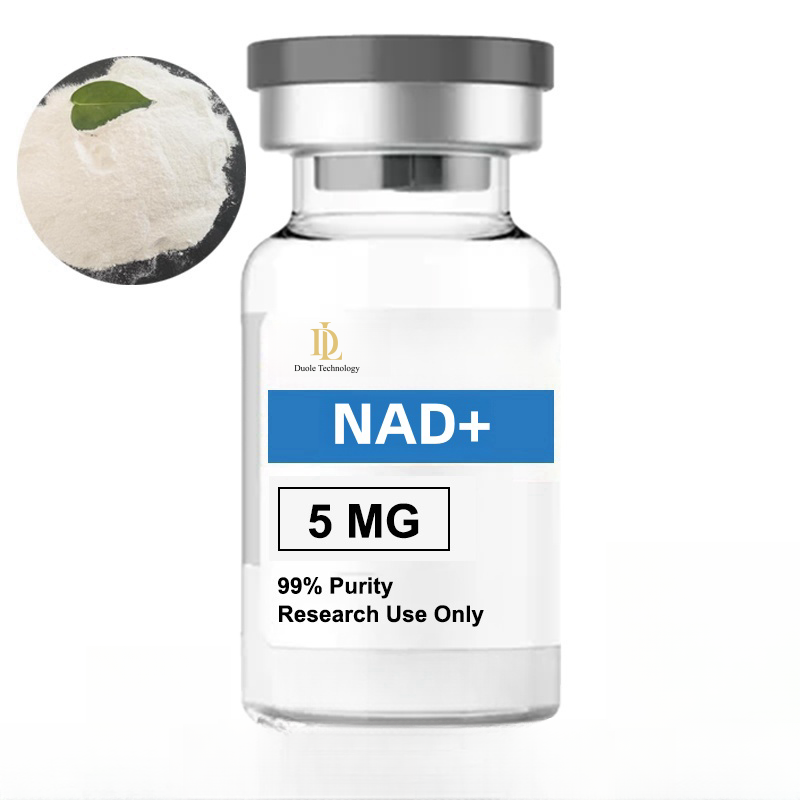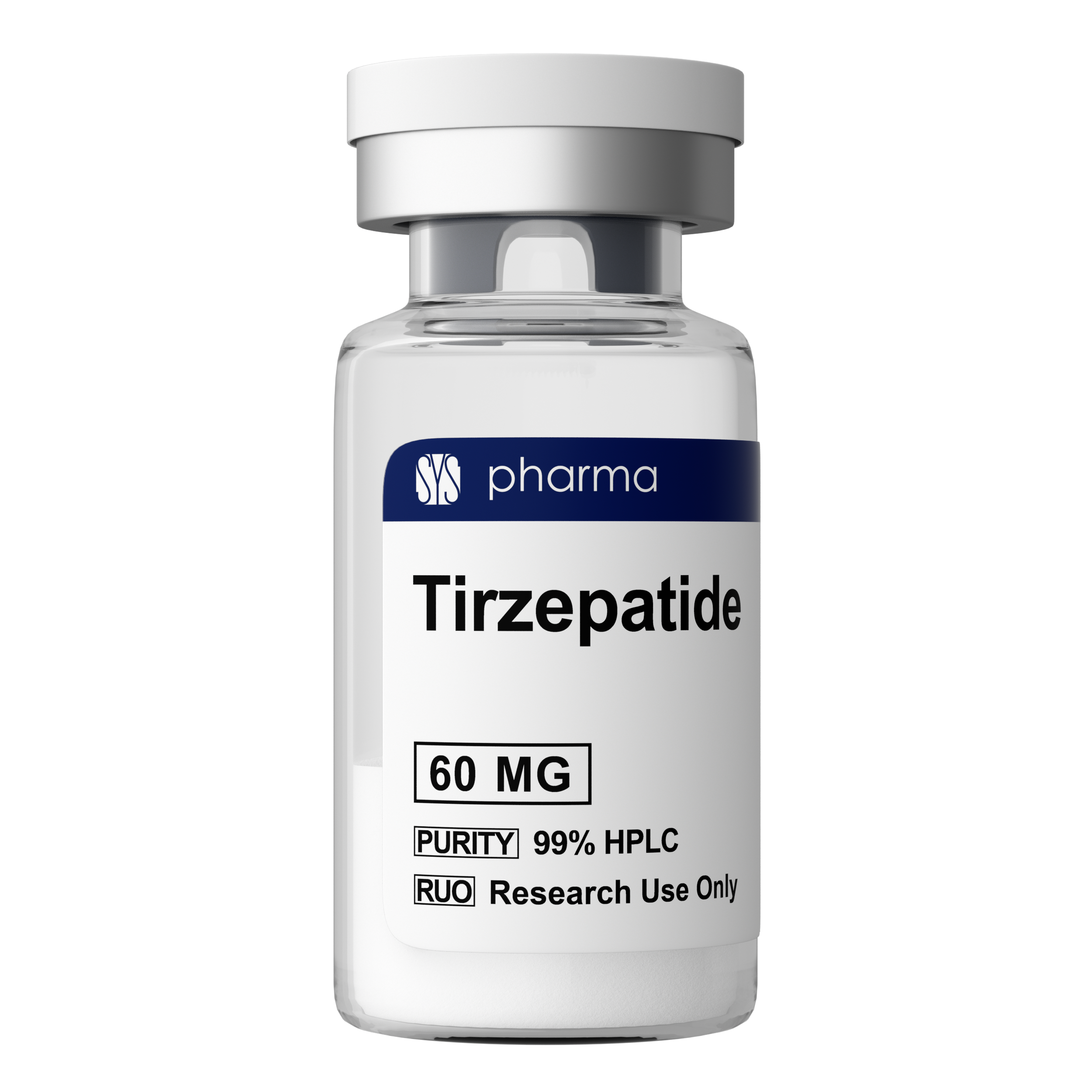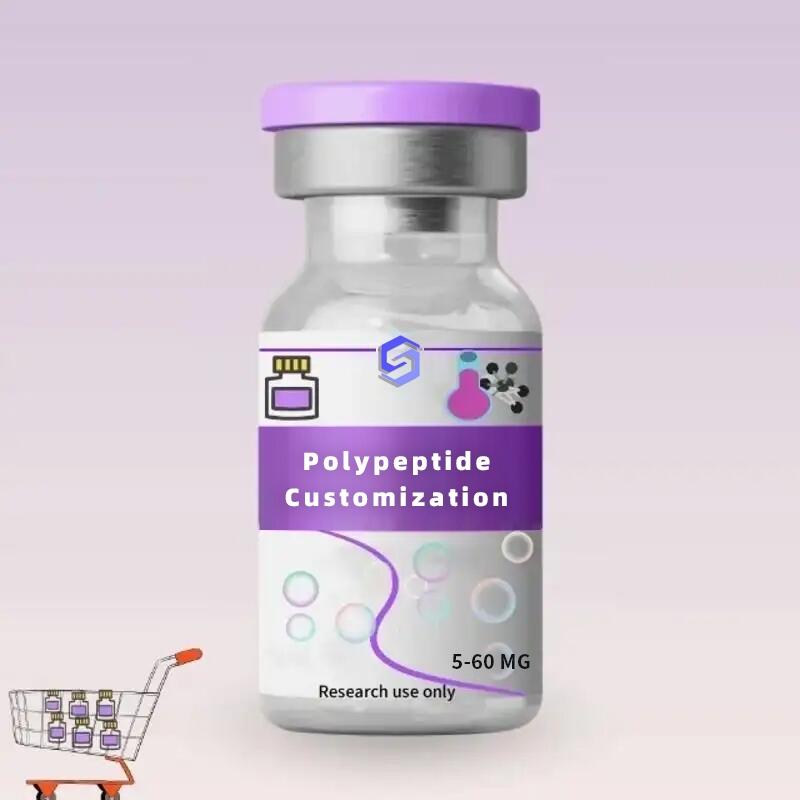-
Categories
-
Pharmaceutical Intermediates
-
Active Pharmaceutical Ingredients
-
Food Additives
- Industrial Coatings
- Agrochemicals
- Dyes and Pigments
- Surfactant
- Flavors and Fragrances
- Chemical Reagents
- Catalyst and Auxiliary
- Natural Products
- Inorganic Chemistry
-
Organic Chemistry
-
Biochemical Engineering
- Analytical Chemistry
-
Cosmetic Ingredient
- Water Treatment Chemical
-
Pharmaceutical Intermediates
Promotion
ECHEMI Mall
Wholesale
Weekly Price
Exhibition
News
-
Trade Service
Oleocanthal is a naturally occurring compound that is found in olive oil, and it has been the subject of much study in the chemical industry due to its potential health benefits.
In this article, we will explore the upstream and downstream products of Oleocanthal, and how it is used in the chemical industry.
Upstream Products
The upstream products of Oleocanthal refer to the raw materials and starting materials used to manufacture the compound.
The primary upstream product for Oleocanthal is olive oil, which is extracted from the olives of the olive tree.
The olives are typically harvested and pressed to extract the oil, which is then purified and processed to remove any impurities.
Another upstream product for Oleocanthal is the plant material from which the oil is extracted.
In some cases, the leaves and branches of the olive tree may be used to extract the oil, or the oil may be extracted using a chemical solvent.
Downstream Products
The downstream products of Oleocanthal refer to the finished products that are made using the compound.
One of the primary downstream products of Oleocanthal is olive oil, which is used as a cooking oil, as a dressing for salads, and in a variety of other culinary applications.
Another downstream product of Oleocanthal is cosmetic products, such as creams, lotions, and moisturizers.
These products are used to protect the skin from damage caused by free radicals, and to reduce the appearance of wrinkles and fine lines.
Oleocanthal is also used in the pharmaceutical industry, where it is used as an active ingredient in a variety of medications.
These medications are used to treat a range of conditions, including inflammation, pain, and fever.
Manufacturing Process
The manufacturing process for Oleocanthal involves several steps, including extraction, purification, and processing.
The process begins with the extraction of olive oil from the olives, which is then purified to remove any impurities.
The purified oil is then processed to extract the Oleocanthal, which is typically done using a chemical solvent.
The Oleocanthal is then purified and concentrated, and it is typically sold as a powder or a liquid.
Health Benefits
One of the key benefits of Oleocanthal is its potential health benefits.
Oleocanthal has been shown to have anti-inflammatory and antioxidant properties, which make it useful in the treatment of a range of conditions.
Research has shown that Oleocanthal can help to reduce inflammation in the body, which is a key factor in the development of many diseases, including cancer, heart disease, and diabetes.
Oleocanthal is also a powerful antioxidant, which can help to protect the body against damage caused by free radicals.
Economic Impact
The economic impact of Oleocanthal is significant, as it is used in a range of industries, including the food and beverage, cosmetic, and pharmaceutical industries.
The demand for Oleocanthal is growing, as more people become aware of its potential health benefits, which is driving growth in these industries.
In addition, the production of Oleocanthal is widespread, with olive oil being produced in many countries around the world.
This has helped to keep the cost of Oleocanthal relatively low, making it more accessible to a wider range of consumers.
Conclusion
In conclusion, Oleocanthal is a naturally occurring compound that is found in olive oil, and it has a range of potential health benefits.
The manufacturing process for Oleocanthal involves several steps, including extraction, purification, and processing, and it is typically sold as a powder or a liquid.
The economic impact of Oleocanthal is significant, as it is used in a range of industries, including the food and beverage, cosmetic, and pharmaceutical industries.







